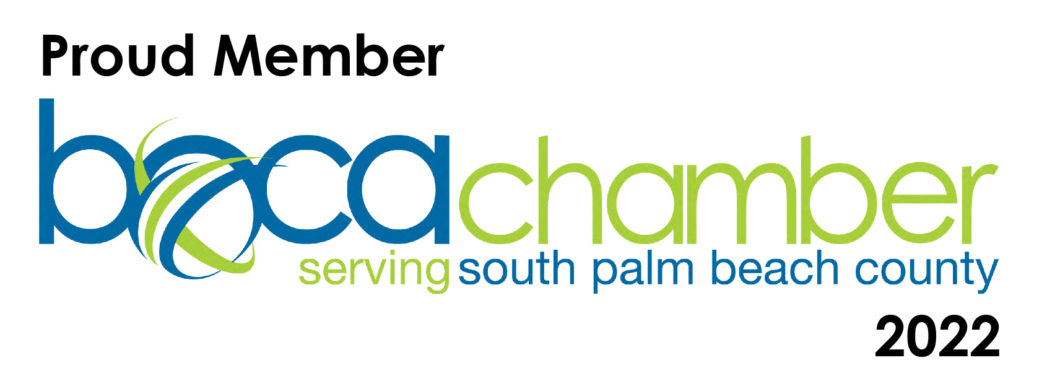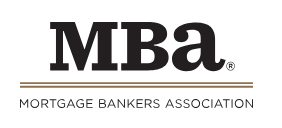Just as the mythological Phoenix rose from the ashes to take flight again, companies are finding that Chapter 11 bankruptcy is not necessarily a failure or a death sentence, but sometimes a way to reinvent themselves and come out stronger.
At Lubliner Law we succeed when our clients do. We lead our clients by our thorough understanding of the United States Bankruptcy Code and corporate finance.
What we have found is that Chapter 11 bankruptcy has an image problem. The stigma attached is that Chapter 11 equals failure. However, Chapter 11 bankruptcy is giving companies a new opportunity to do three important things;
- Find new financing.
- Get out of contracts that are detrimental, like having the ability to renegotiate unfavorable leases and supply contracts.
- Expedite the sale of assets.
According to Harvard business professor and advocate of Chapter 11 bankruptcy, Stuart C. Gilson, an important first step is to help the general public understand that Chapter 11 isn’t about “dying companies,” instead it’s all about “reviving” them. Gilson’s book “Creating Value Through Corporate Restructuring: Case Studies in Bankruptcies, Buyouts, and Breakups,” provides us with insights on how corporate restructuring really works.
“…Chapter 11 offers significant benefits for some businesses. It allows a company to reject unfavorable lease contracts, licensing agreements, and other “executory contracts.” While a firm is in Chapter 11, it is excused from paying or even accruing interest on most of its debt. It has access to relatively cheap financing from new lenders who are granted “superpriority” over existing creditors. A reorganization plan can be approved without creditors’ unanimous consent. It can be easier to sell assets. And Chapter 11 can help firms settle mass tort claims more efficiently (e.g., by consolidating many thousands of such claims into a single class).” — Stuart C. Gilson, “Creating Value Through Corporate Restructuring: Case Studies in Bankruptcies, Buyouts, and Breakups.” (Published in the fall 2012 Journal of Applied Corporate Finance.).
If we take a good look at what Gilson is saying we can see that through this process, companies in the throes of Chapter 11 can look more attractive to lenders because they’re essentially generating income. In addition to the money they garner by expedited asset sell-offs they’re not paying interest on “pre-bankruptcy debts,” they “reject unprofitable leases.”
In addition to expedited asset sell-off, Chapter 11 gives companies other options for generating income. During Chapter 11, the company pays no interest on any “pre-bankruptcy debts,” they can “reject unprofitable leases”. Using “debtor in possessing financing,” these new lenders can stand ahead of pre-existing creditors gaining “super priority” therefore new lenders are given priority; therefore lenders want to lend to these Chapter 11 companies.
Chapter 11 Bankruptcy No Longer Slow and Painful
The Chapter 11 process has evolved making the process faster and more cost-effective. Using pre-packaged or pre-negotiated bankruptcies where agreements are reached with creditors before filing, the costs of bankruptcy is kept down. Creditor holdouts are minimized with Chapter 11’s relaxed voting rules.
Another way to speed up the process is using Section 363 of the Bankruptcy Code where a bankrupt company sells off its assets free and clear in a competitive auction supervised by the courts
Can Chapter 11 Bankruptcy Actually Save the Economy?
The Chapter 11 process is not only saving companies, some say it’s saving the economy.
During the 2008 financial crisis the “amount of debt that needed to be restructured posed a seemingly insurmountable challenge,” Gilson writes. At one time, a staggering “$3.5 trillion of corporate debt was distressed or in default. [Between] 2008 and 2009, $1.8 trillion worth of public company assets entered Chapter 11 bankruptcy protection— almost 20 times more than during the prior two years.”
Gilson has explained that because of Chapter 11, and professionals in the US who are experts in restructuring that have advised companies in trouble, Gilson says that America’s economic recovery was much faster than Europe’s, where bankruptcy laws tend to favor immediate payback of creditors.
“Many countries around the world have bankruptcy laws that primarily seek to liquidate distressed companies,” he says. “The emphasis is on reimbursing creditors, or protecting particular stakeholders such as employees, rather than doing what’s necessary to rehabilitate the business.”
Best Bets — Companies That Can Benefit from Chapter 11 Bankruptcy
Companies that tend to benefit most from these types of bankruptcy are ones that lease many of their assets and businesses that have large unionized workforces.
The Chapter 11 bankruptcy process is a complex issue complete with a myriad of competing interests from creditors and other stakeholders. It needs to be met head-on with multifaceted approach combined with a delicate and practical ability to balance the various parties at all stages of the case through negotiation or litigation. As Chapter 11 is changing and becoming an important structure in saving US companies and the economy you may feel this is something your organization can benefit from. We can help. Meet with Lubliner Law to determine if this is a good move for your company. We can evaluate your individual situation and help make the determination if reorganization would be to your company’s benefit.
Chapter 11 – We’re with You Step by Step
Chapter 11 is a process, one we understand well. At Lubliner Law we will be with your business every step of the way. Typically, the process looks like this:
- Evaluation: We’ll help you to determine if Chapter 11 is the right decision for your individual business.
- Credit Counseling Course: Only for those filing as an individual, this is a necessary part of the process. You must complete a credit counseling course by an approved agency first before we can file your case.
- Chapter 11 Petition: Preparing for the petition includes completing a list of all company assets, income, debt, expenses and a summary of your financial affairs. Once the petition is filed with the bankruptcy clerk it begins the “automatic stay,” prohibiting most creditors from continuing efforts to collect.
- Debtor Interview and Creditor Meeting: Where a United States Trustee meets with debtor to learn about the case and to inform the debtor about their responsibilities, the 341 Meeting of Creditors — The 341 is a meeting that gives the bankruptcy trustee and creditors the opportunity to question the debtor under oath regarding their assets, liabilities, and other matters that about the bankruptcy case.
- Disclosure Statement and Disclosure Hearing: You must file a disclosure statement, that explains how creditors may participate in the bankruptcy. It is mailed to all parties involved. It also provides information about how the creditor’s rights may be adversely affected. There will be a hearing on the disclosure statement.
- Proposed Plan of Reorganization: This plan is also filed and mailed to all parties, it details how you propose to treat each creditor as a secured debt creditor, or an unsecured debt creditor. It puts creditors in classes and prioritizes them.
- Confirmation Hearing: Where you ask the judge to approve your plan of reorganization.
- Making Payments: When the plan is approved by the judge, payments begin according to how they are prioritized in the confirmed plan. This constitutes a new contract with each creditor.
Our attorneys have vast experience and knowledge and can provide you the exact guidance you’ll need throughout the legal process and in restructuring to achieve your goals. Ultimately, we protect our client’s by doing diligent work to earn their trust. We are experienced advocates that vigorously represent the rights of our clients. Call Lubliner Law (561) 207-2018 for a free consultation, or email info@lubliner-law.com — We’re Here to Help.

 Chapter 11 Bankruptcy — Not the End of the World
Chapter 11 Bankruptcy — Not the End of the World 



